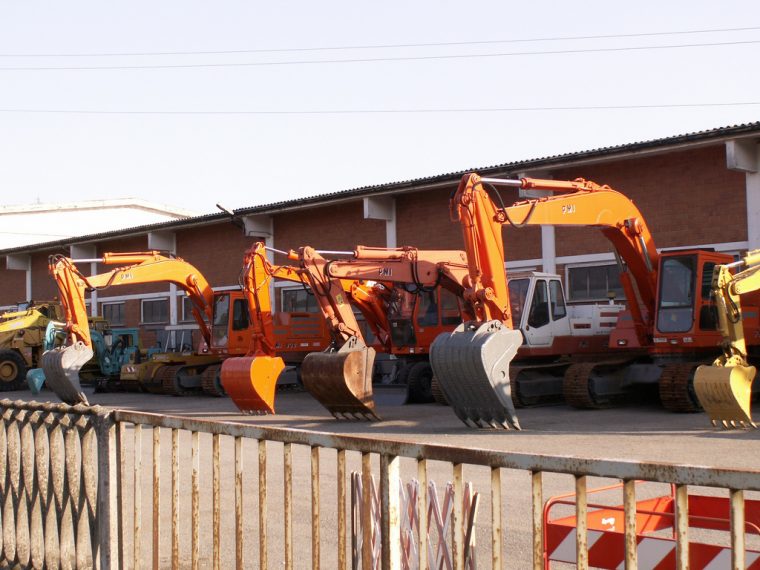How to Safely Transport Heavy Machinery

Heavy machinery transportation includes stringent security measures to prevent any hazardous materials from spilling. The specifications for vehicles required for the transportation of heavy machinery should match the haulage requirements. Overloading vehicles can cause breakdowns and severe accidents. Follow these safety measures to make sure you’re transporting your heavy machinery correctly.
Loading and unloading safety tips
Load heavy machinery in good lighting and wear proper protective equipment and reflective gear. The loading area should also be well leveled to avoid tripping and you should wear appropriate shoes to prevent slipping. Always make sure that the transporting vehicle is in excellent condition and stabilized before loading. Remove any unwanted materials and fasten loose parts.
All cargo extending beyond the length of the vehicle should have a red flag to let other road users know how much distance they should leave. All items placed on the backseat should be secured to prevent them from becoming projectiles if you have to make a sudden sop..
Workers should be trained on proper unloading procedures and security measures. Offloading relatively small equipment such as woodworking machinery may require the use of an electrical or manual pallet truck. This equipment can help minimize the dangers of manual handling.
All workers must adhere to regulations regarding handling equipment on site. However, you cannot entirely protect workers from natural hazards, which us why insurance coverage is necessary for workers, on-site equipment, and machines in transit.
Conduct risk assessment
It is essential for logistics operators to carry out risk assessments before transporting heavy machinery. This process also helps you to analyze standard operating procedures and to make sure that your fleet operations are compliant. You should also have a clear outline of the whole transportation process and source for GPS reports on weather and traffic situations.
Assess the condition of your vehicle
Always check that the tires are in good condition and properly inflated. You should also keep a couple of spares and the necessary tools needed to change a tire. Weak tires should be removed and replaced with new ones. The lights should also be properly functioning and be visible in harsh weather conditions. Make sure that brakes are at their optimal state and the tie-down load limits can hold the equipment.
Loading procedures
It is vital to understand and respect the duties and responsibilities assigned to various personnel. Staff assigned to moving machinery should not jump in the driver’s seat even if it’s as simple as correctly positioning the vehicle. Other personnel or cars not involved in the loading process should stay clear of the loading space. The loading area should also be compact enough to accommodate the total weight of your trailer. The weight of the machinery should be equally distributed on deck.
Chains should be securely placed to prevent bouncing. Also, follow the manufacturer’s guidelines on tie-down procedures to protect the machinery from any unforeseen dangers. All chains should be placed longitudinally, and any extra should be fastened to the rest of the chain.
When it comes to transporting, opt for more linear routes with minimal stop signs or traffic lights. Always get transportation permits and insurance coverage for your load.
This is a collaborative article.

The News Wheel is a digital auto magazine providing readers with a fresh perspective on the latest car news. We’re located in the heart of America (Dayton, Ohio) and our goal is to deliver an entertaining and informative perspective on what’s trending in the automotive world. See more articles from The News Wheel.

